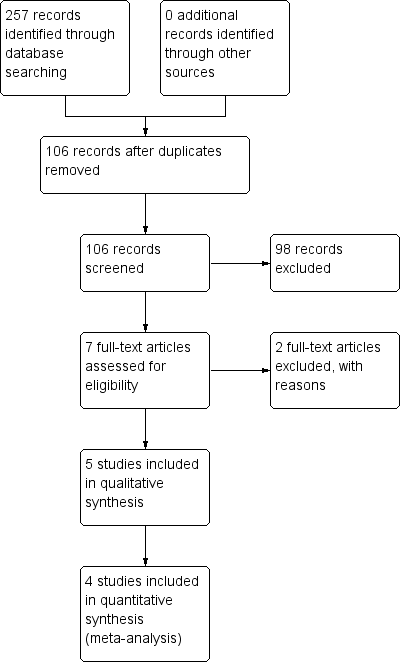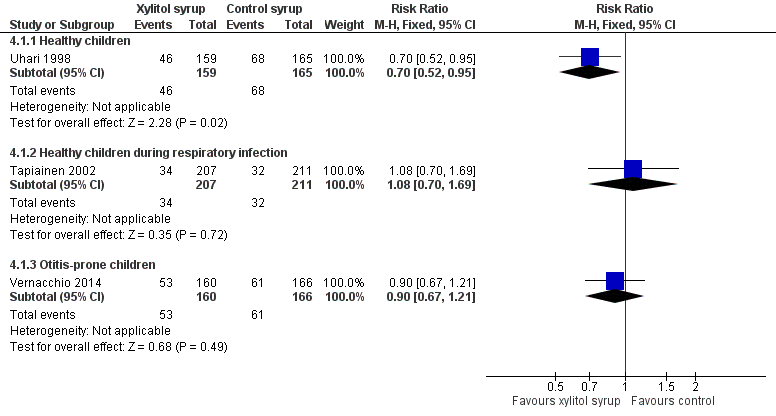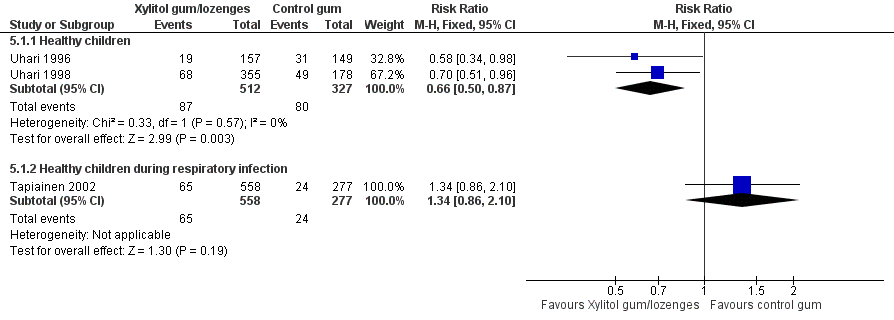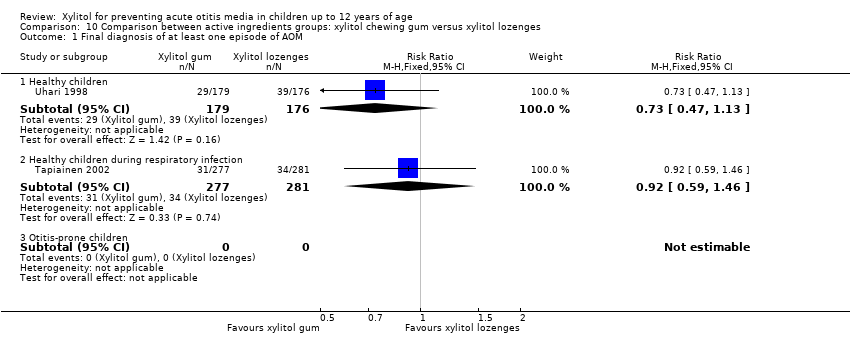Contenido relacionado
Revisiones y protocolos relacionados
Joline LH de Sévaux, Roderick P Venekamp, Vittoria Lutje, Eelko Hak, Anne GM Schilder, Elisabeth AM Sanders, Roger AMJ Damoiseaux | 24 noviembre 2020
Anna M Scott, Justin Clark, Blair Julien, Farhana Islam, Kristian Roos, Keith Grimwood, Paul Little, Chris B Del Mar | 18 junio 2019
Mohd N Norhayati, Jacqueline J Ho, Mohd Y Azman | 17 octubre 2017
Amanda J Leach, Peter S Morris | 18 octubre 2006
Respati W Ranakusuma, Yupitri Pitoyo, Eka D Safitri, Sarah Thorning, Elaine M Beller, Sudigdo Sastroasmoro, Chris B Del Mar | 15 marzo 2018
Márcia G Alves Galvão, Marilene Augusta Rocha Crispino Santos, Antonio JL Alves da Cunha | 29 febrero 2016
Cassie Coleman, Michael Moore | 16 marzo 2011
Hengxi Chen, Qi Zhuo, Wei Yuan, Juan Wang, Taixiang Wu | 23 enero 2008
Kate Hawke, David King, Mieke L van Driel, Treasure M McGuire | 13 diciembre 2022
Ruth Foxlee, Ann‐Charlott Johansson, Jessika Wejfalk, Liz Dooley, Chris B Del Mar | 19 julio 2006
Podcast relacionado
Respuestas clínicas Cochrane
Abdulrazak Abyad | 11 noviembre 2016


















